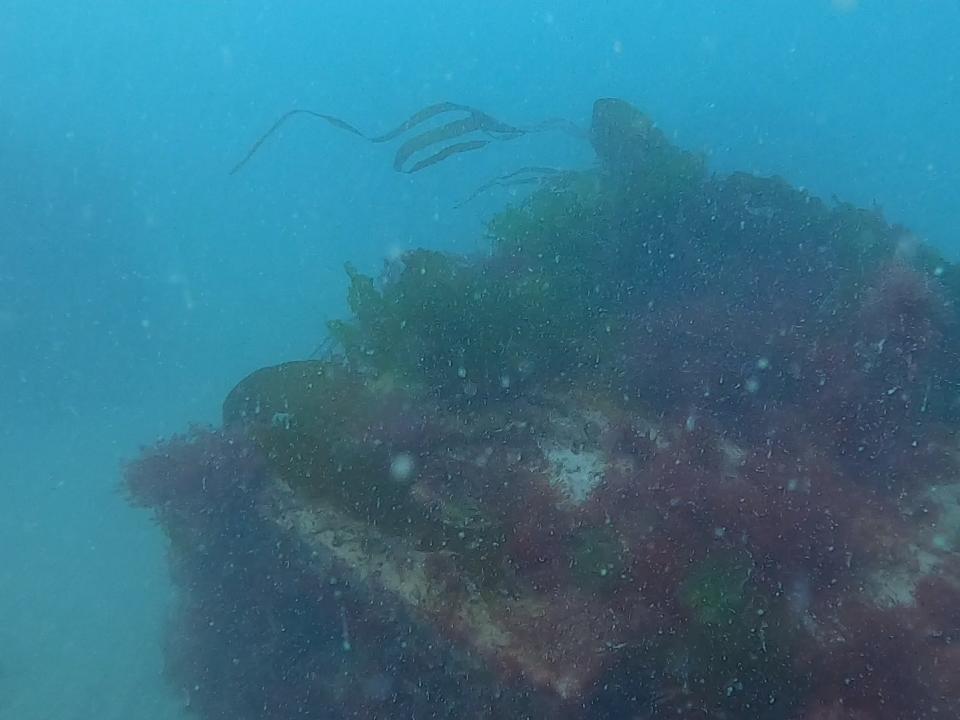Vivier, B., Dauvin, J.-C., Navon, M., Rusig, A.-M., Mussio, I., Orvain, F., Boutouil, M., Claquin, P., (2021). Marine artificial reefs, a meta-analysis of their design, objectives and effectiveness. Global Ecology and Conservation. 27, e01538. doi.org/10.1016/j.gecco.2021.e01538
Artificial Reefs (AR) show a wide diversity and vary in their construction materials, shape and purpose, as illustrated by the present analysis of 127 scientific papers. AR have been deployed for different purposes, including fisheries improvement, ecological restoration of marine habitats, coastal protection or purely scientific research. Statistical analyses using 67 variables allow us to characterize the design, objectives and monitoring strategies used for AR. An effectiveness indicator comprised of three categories (low, moderate and high) was adapted from previous studies and applied to the present dataset in terms of the objectives defined in each scientific paper. The effectiveness of various monitoring approaches was investigated and recommendations were formulated regarding environmental parameters and the assessment of ecological processes as a function of AR type. These analyses showed that inert materials like concrete associated with biomimetic designs increase the benefits of reefs to the local environment. This study also compared effectiveness between the different economic, ecological or scientific objectives of AR projects and reveals that fisheries projects showed the highest efficiencies but points out the weakness of environmental assessments for this type of project. In conclusion, the analyses presented here highlight the need to use a panel of complementary monitoring techniques, independently of the initial purpose of the artificial structures, to properly assess the impact of such structures on the local environment. It is recommended to adopt approaches that associate structural and functional ecology. An improved characterization of the role of AR should be integrated into future assessments, taking into account the complex framework of ecosystem structure and trophic relationships.
BOREA contact:
Artificial Reefs (AR) show a wide diversity and vary in their construction materials, shape and purpose, as illustrated by the present analysis of 127 scientific papers. AR have been deployed for different purposes, including fisheries improvement, ecological restoration of marine habitats, coastal protection or purely scientific research. Statistical analyses using 67 variables allow us to characterize the design, objectives and monitoring strategies used for AR. An effectiveness indicator comprised of three categories (low, moderate and high) was adapted from previous studies and applied to the present dataset in terms of the objectives defined in each scientific paper. The effectiveness of various monitoring approaches was investigated and recommendations were formulated regarding environmental parameters and the assessment of ecological processes as a function of AR type. These analyses showed that inert materials like concrete associated with biomimetic designs increase the benefits of reefs to the local environment. This study also compared effectiveness between the different economic, ecological or scientific objectives of AR projects and reveals that fisheries projects showed the highest efficiencies but points out the weakness of environmental assessments for this type of project. In conclusion, the analyses presented here highlight the need to use a panel of complementary monitoring techniques, independently of the initial purpose of the artificial structures, to properly assess the impact of such structures on the local environment. It is recommended to adopt approaches that associate structural and functional ecology. An improved characterization of the role of AR should be integrated into future assessments, taking into account the complex framework of ecosystem structure and trophic relationships.
BOREA contact:
- Baptiste Vivier, baptiste.vivier@unicaen.fr
- Pascal Claquin, pascal.claquin@unicaen.fr



